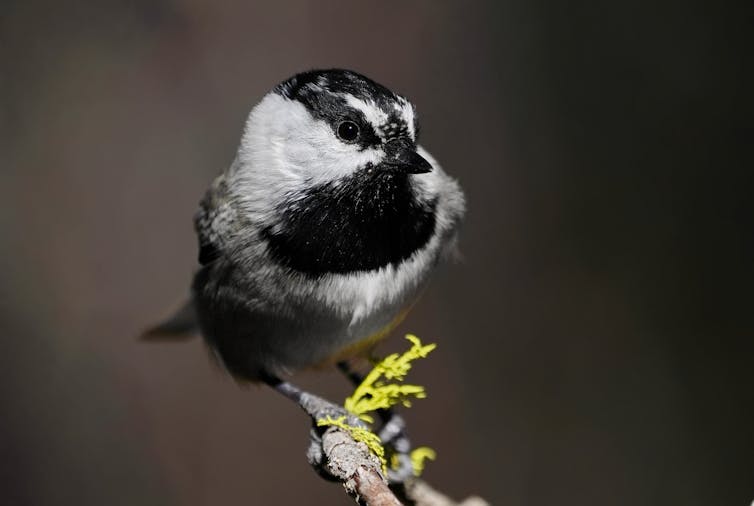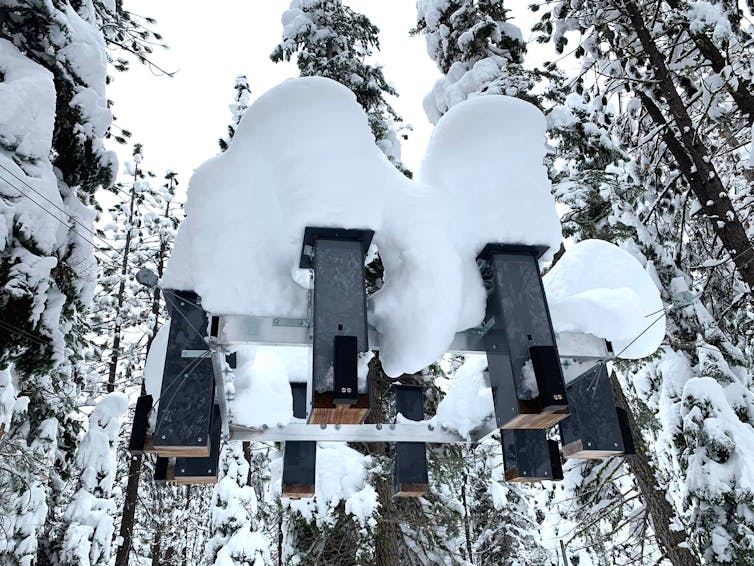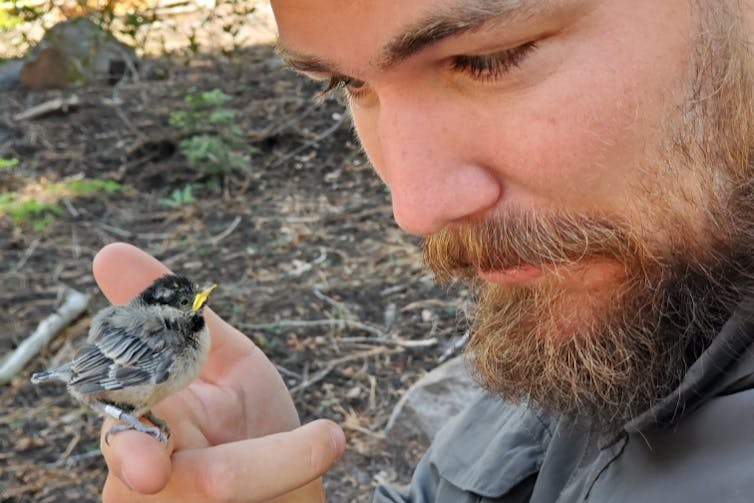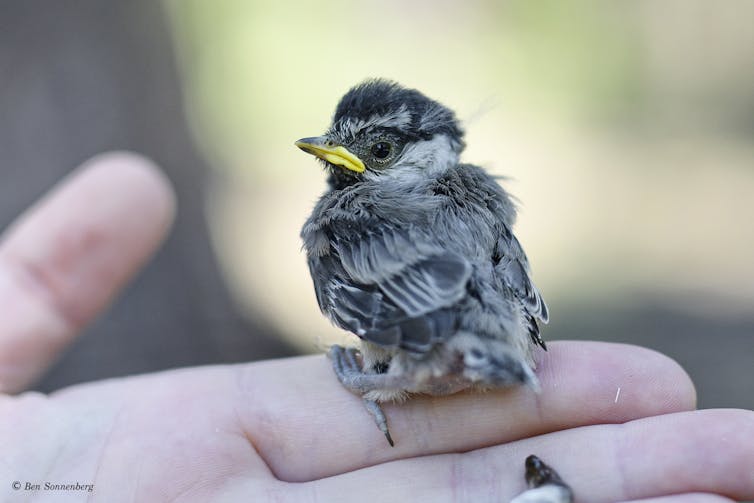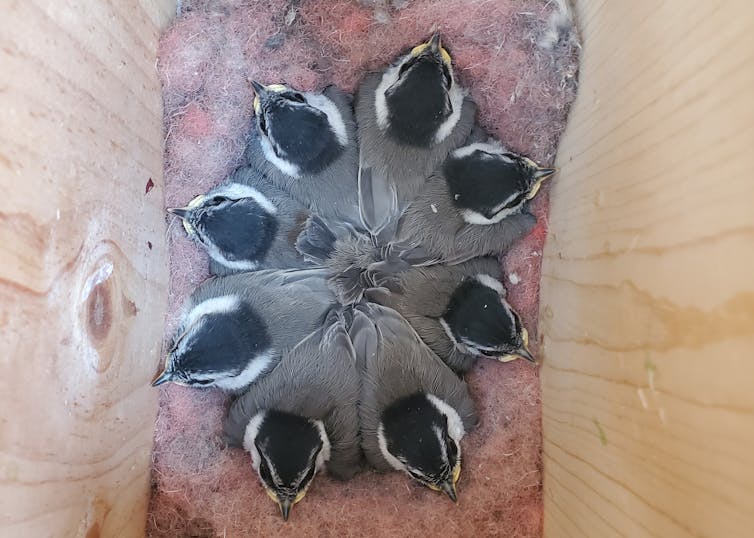"I won't allow for them to continue to poison my kids," one Gulf Coast environmental justice advocate said.

Roishetta Ozane, founder and director of the Louisiana-based mutual aid organization Vessel Project, speaks as activists deliver 200,000 signatures opposing the LNG buildout to the U.S. Department of Energy in Washington, D.C., on November 30, 2023.
(Photo: Jamie Henn/X)
Jan 09, 2024
Climate advocates and frontline community leaders published a letter Tuesday urging concerned individuals to join them in Washington, D.C., in early February for a sit-in at the Department of Energy where they will demand that it end the expansion of liquefied natural gas exports.
Stopping the LNG buildout has emerged as a major priority for the climate movement in recent months, as just one proposed project, Venture Global's Calcasieu Pass 2 (CP2) facility, would emit 20 times more climate pollution than the controversial Willow oil drilling project in Alaska. But CP2 is only one of more than 20 LNG export facilities planned for the Gulf Coast, which would have combined emissions that exceed those of the European Union or 850 coal plants, Stop LNG said in a statement.
"If [President Joe Biden] wants to be a true climate president, his administration will stop the approval of new LNG facilities. If not we'll keep pushing until they do," letter signatory and Gulf Coast environmental justice organizer Roishetta Ozane wrote on social media. "I won't allow for them to continue to poison my kids."
The action is planned for February 6-8 at the Department of Energy.
"We're writing to ask you to do something hard but important: Come to Washington D.C. in the middle of this winter, to join a demonstration and, if you can, risk arrest in a large-scale civil disobedience action," the letter—which was signed by several prominent activists including Alexandria Villaseñor, Bill McKibben, Jane Fonda, Rebecca Solnit, and Varshini Prakash—begins.
The planned direct action builds on months of pressure on the administration to stop the planned expansion of LNG exports, including a petition to the DOE signed by more than 300,000 people and a letter to Biden signed by more than 170 scientists. Polling from Data for Progress and Fossil Free Media found that 60% of likely voters would support the Biden administration limiting LNG exports.
"We need the DOE to tell the president the truth: Expanding LNG damages our climate, and economy, and the communities forced to live alongside these facilities."
"It's time to convince the Department of Energy to stop licensing new export terminals for liquefied natural gas," Tuesday's letter reads. "Time after time they've approved these proposals, so the U.S. is now the biggest exporter of gas on Earth—and that volume could quadruple if the industry has its way. There's no bigger climate bomb left on planet Earth."
There are signs the administration is paying attention to the growing clamor and may be open to a change in policy. On Monday, Politico reported that the DOE was reviewing its decision-making process for approval LNG projects to make sure that it was considering the climate, economic, and security impacts.
"This would be smart policy and good politics," Jamie Henn of Fossil Free Media posted in response to the news.
The letter states that organizers "need the administration to stop CP2—the next big facility up for approval—and all other facilities by committing to a serious pause to rework the criteria for public interest designation, incorporating the latest science and economics, before any such facility is permitted," the letter reads.
"We need the DOE to tell the president the truth: Expanding LNG damages our climate, and economy, and the communities forced to live alongside these facilities," it continues. "That includes the land, water, and air in Louisiana and Texas, where most of these facilities are built—it's why some of us have fought on the front lines for years. We've rushed kids with asthma attacks to the hospital, seen our fishing spots and beaches polluted with chemicals, and breathe air filled with poisons everyday. We know what's at stake."
The letter writers said that they had committed "to keep this action peaceful in word, mood, and action."
Those who cannot travel to D.C. may participate in solidarity actions from their home. Those who do plan to participate should sign up on stoplng.org. They will need to complete online training, including one session the night before risking arrest.
"2023 saw the hottest weather on this planet in at least 125,000 years; we think it is an honor to rise in defense of the planet we love, and the places where we live," the letter concludes. "Thank you for considering joining in."

